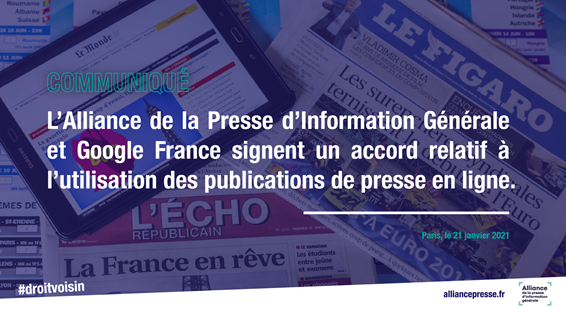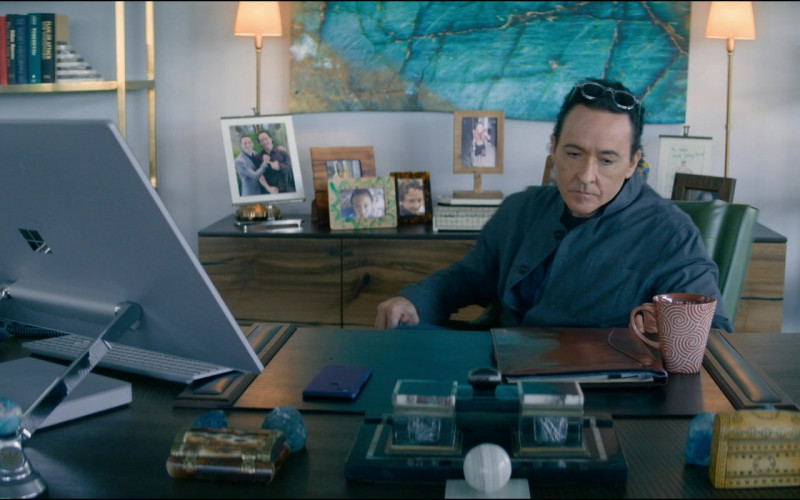
KEEP CALM AND CARRY ON EXPLAINED BY STUDENTS
PCTO or Pathways for Transversal Skills and Orientation.
Writing an article on the meaning of the expression “Keep Calm and Carry On” is the PCTO project assigned to the students of the 5R class of the “Manfredo Fanti” Liceo Scientifico of Carpi Modena’s area.
This project is part of the Focus History initiative: Focus Academy, aimed at involving young people in the various stages of preparation of the magazine through webinars that the purpose of promoting not only scientific or historical dissemination, as in this case, but also the various phases before issue.
I would like to clarify that the class was divided into two groups and that the second group also worked on a very interesting topic: the story of Crazy Horse.
My compliments go to all the students.
It goes without saying that I was struck by the subject of these works, so I contacted the Headmaster Professor Alda Barbi to know the origin, but the assignment came directly from the editorial staff of Focus History.
The Focus press office was equally kind but we can perhaps think that there is no specific reason.
And I would say that this is precisely the beauty: there is always a good reason to say “keep calm” don’t you think?
All this made me think back to the glorious days of school, when we still called these activities simply “research.”
Is there a research that has particularly impressed you? What memories do you have of school?
The first research carried out in elementary school often comes to my mind for two reasons.
The first concerns the precise memory I have of my mother as she searches for newspapers so that I can find the images to cut out.
Yes: it was a cardboard billboard with glued cutouts.
If we think about what can be done with images now it really seems prehistoric.
The second reason is the topic chosen by the teacher Virginia, whom I admire and still respect today: foreign words that have come into common use.
Today they are no longer counted: now our language is made up of constant and continuous contamination.
But in search of foreign words I somehow got tied up, and I never stopped trying to learn them.
Who knows if even for some of the students of the Fanti high school this work will mark a turning point, or will represent the first of a long series of steps in the journey of life.
CARRY ON!
Keep calm, and carry on …






 Hi I'm Claudia and this is KCDC.
Hi I'm Claudia and this is KCDC.




OPINIONI